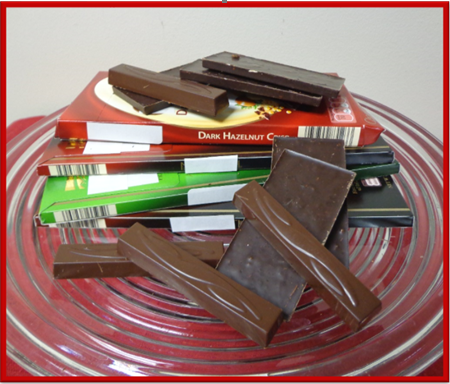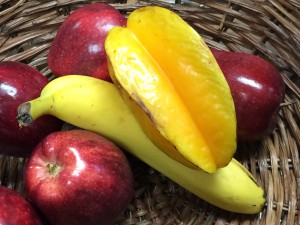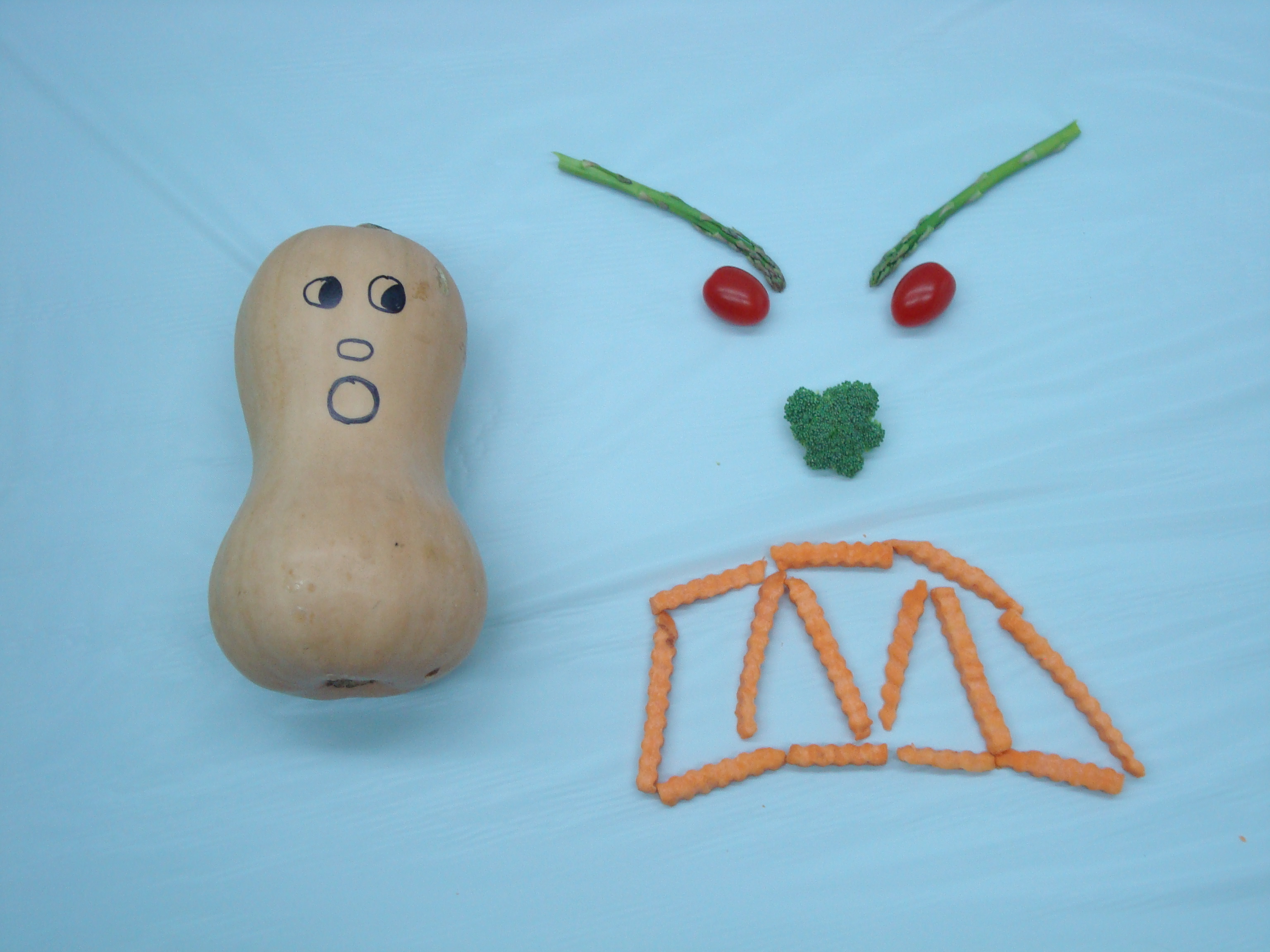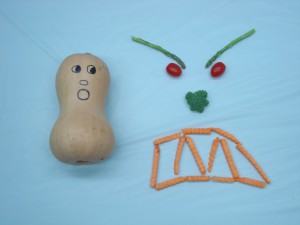
by Judy Corbus | Feb 10, 2016
 As W-2 forms and other receipts start rolling in, we’re reminded that tax season is upon us once again. It’s exciting to get back some of your own hard-earned money in the form of a tax refund! Saving a portion of your tax refund can be a big step toward meeting your savings goals, so it’s no surprise that a 2015 tax season survey found that a majority of those who receive a refund planned to save it.
As W-2 forms and other receipts start rolling in, we’re reminded that tax season is upon us once again. It’s exciting to get back some of your own hard-earned money in the form of a tax refund! Saving a portion of your tax refund can be a big step toward meeting your savings goals, so it’s no surprise that a 2015 tax season survey found that a majority of those who receive a refund planned to save it.
This tax season, reward yourself for saving some of your refund by entering for a chance to win $25,000 through SaveYourRefund. SaveYourRefund has 101 cash prizes, including 100 weekly prizes of $100 and one grand prize of $25,000. Making smart financial decisions isn’t always easy, but splitting your refund couldn’t be simpler. Follow these quick and easy steps to enter to win in 2016:
- Use Form 8888 to split your refund. Entry to win with SaveYourRefund starts with splitting your refund into savings.
- Save $50 or more of your tax refund. In order to enter, use Form 8888 to save at least $50. There are a number of accounts you can save into including a savings account, a U.S. Treasury Direct account (savings bond), and a myRA retirement account.
- Visit SaveYourRefund.com to enter. You will automatically be eligible to win one of ten $100 prizes that will be given away every week from the start of the contest until the end of tax season.
- Upload a picture here that represents your savings goal or motivation, and you’ll be entered to win the $25,000 grand prize!
Need tax assistance? Take advantage of a Volunteer Income Tax Assistance (VITA) program. VITA programs offer free tax help to those who generally make $53,000 or less, persons with disabilities, the elderly, and limited English speakers.
Get ahead of your financial goals by splitting your tax refund into savings, and reward yourself with SaveYourRefund!
Source: Tammy Greynolds, AmericaSaves.org.
by Amy Mullins, PhD, RDN | Feb 3, 2016

Photo credit: pixabay.com
Did you know that heart disease is the #1 killer of Americans, accounting for 1 in every 4 deaths? It has been called the “silent killer” because often there are no symptoms.
Your risk for heart disease can depend on many things. The good news is that 80% of risk factors are preventable!
Things you can do to reduce your risk:
- Avoid use of and exposure to tobacco.
- Avoid excessive alcohol consumption.
- Be physically active every day.
- 150 minutes per week of aerobic activity, equivalent to brisk walking, has been shown to lower obesity, blood pressure, triglycerides, and LDL (bad) cholesterol, and increase HDL (good) cholesterol
- Aim for a healthy body weight.
- Aim for normal blood glucose. Diabetes is the 7th leading cause of death in the US and can cause serious health complications such as heart disease, blindness, kidney failure, and amputations.
- Fasting glucose levels over 100mg/dL could signify prediabetes
- Fasting glucose levels over 126mg/dL could signify diabetes
- Check your blood pressure regularly.
- Less than 120/80 mmHg is normal
- 120-139/80-89 mmHg is pre-hypertension
- 140/90 mmHg or higher is hypertension
- Check your cholesterol. People with high cholesterol have about twice the risk of heart disease as people with lower levels. Aim for:
- Total Cholesterol (less than 200 mg/dL)
- Low triglycerides (less than 150 mg/dL)
- Low LDL (bad) cholesterol levels (less than 100 mg/dL)
- High HDL (good) levels (60 mg/dL or higher)
- Consume a healthy diet. According to the Dietary Guidelines for Americans and ChooseMyPlate, a healthy eating plan:
- Emphasizes fruits, vegetables, whole grains, and fat-free or low-fat milk and milk products
- Includes lean meats, poultry, fish, beans, eggs, and nuts
- Is low in saturated fats, trans fats, cholesterol, salt (sodium), and added sugars
- Stays within your daily calorie needs
Taking care of yourself is no easy job! Talk to your doctor and schedule regular checkups. Knowing what your risk for heart disease is literally can save your life. For more information about reducing your risk of heart disease, visit the Centers for Disease Control and Prevention.

by Shelley Swenson | Jan 15, 2016
 Valentine’s Day and chocolate just go together! Can you really have one without the other? I crave chocolate all year round and with some of the recent research I have read, I can feel all right about giving in.
Valentine’s Day and chocolate just go together! Can you really have one without the other? I crave chocolate all year round and with some of the recent research I have read, I can feel all right about giving in.
A recent study reported in the American Journal of Clinical Nutrition tested the effects of dark and white chocolate on healthy adults to determine whether either type played a role in blood pressure and insulin sensitivity. They concluded that dark chocolate can indeed help reduce blood pressure and insulin resistance. White chocolate did not provide these health benefits.
Keep in mind that although dark chocolate has health benefits, most chocolate bars are high in saturated fat, so moderation is key. Eating dark chocolate cannot substitute for everyday healthy food choices. Nor can chocolate replace regular exercise or medications that have been prescribed by your physician. It is so nice to know you can indulge in your Valentine’s Day chocolate, in moderation, without feeling guilty about it if you choose the dark.
by Heidi Copeland | Jan 11, 2016
Goodness, it is freezing cold in most parts of the country and Florida is gearing up for a record breaking harvest season!
According to the Florida Department of Agriculture and Consumer Services (FDACS) Florida commercial farms rank second in the U.S. for value of vegetable production; first in production value for oranges (accounts for 63 percent of total U.S. citrus production), fresh market tomatoes, watermelons, grapefruit, fresh market snap beans, fresh market cucumbers and squash; second in the production of greenhouse and nursery products, bell peppers, strawberries, fresh market sweet corn, spring potatoes, tangerines and avocados. Florida ranks eighth in agricultural exports with over $4 billion in receipts.
It may be winter but wintertime in Florida is an incredible season for Florida agriculture. Look for these “Fresh From Florida” items in your grocery store during January: avocado, bell pepper, broccoli, cabbage carambola, cauliflower, celery, eggplant, grapefruit, guava, lettuce, mushroom, orange, passion fruit, peanut, radish, sap bean, squash, strawberry, sweet corn, tangerine, tomato.
http://www.freshfromflorida.com/content/download/16793/269910/01January.pdf

Starfruit
And why not try something new?
According to the Tropical Fruit Growers of South Florida carambola, commonly known as a starfruit is just getting started and will continue into February. These lightly sweet fruits are crisp, juicy and perfect for adding to meals and desserts as well as for just snacking on.
If you purchase a carambola buy one with little or no bruising or brown spots on the ribs. Starfruit that is ready to eat is gold in color. If you can wait a few days, select a starfruit that is a light yellow, with a hint of green along the ribs because carambola that is yellow or a very light green will ripen on the counter at room temperature. (Don’t place it in the refrigerator as this will stop the ripening process.) Once the carambola is ripe, wash the fruit and then cut it crosswise to reveal its beautiful star pattern. The skin, the seeds and core are all edible, and delicious!
Ripe carambola can be stored in the refrigerator; it will keep for almost a week. Be aware that a frozen carambola will change consistency when thawed but can be successfully added to a smoothie along with other fruit.
Carambolas are a nutritious, low calorie fruit, and are a great addition to healthy meals and snacks. Try one!
Try this easy recipe found the Tropical Fruit Growers of South Florida website. http://www.tfgsf.com/?page_id=545
Carambola and Lettuce Salad
1 head of Romaine Lettuce, washed and dried
2 large or 3 medium Carambolas sliced in their beautiful star patterns
2 T Balsamic Vinegar
4 T olive oil
2 T chopped mint
Salt and pepper to taste
On a large plate fan out the lettuce leaves, going all the way around making a ring and making a second layer if needed. (Larger leaves first and smaller ones subsequently) Lay the carambola slices in the center.
Combine the vinegar, olive oil, chopped mint, salt and pepper and drizzle over the salad.
Serves four

by Angela Hinkle | Jan 8, 2016
Most people don’t really have Lachanophobia – the fear of vegetables. Many folks just have an aversion to eating veggies. Since vegetables are such a major source of nutrition, the MyPlate suggests we make half our plate fruits and veggies every day for optimum health. So not wanting to eat our veggies can pose a bit of a problem.

No Fear in the New Year
How do we overcome our aversion to (or fear of) vegetables?
Make It Irresistible. Start with the first rule of food. Taste matters. It has to taste good. Really good. Try different spice blends. Good old salt and pepper may not be enough. Lemon juice, olive oil, parmesan cheese, soy sauce, pepper flakes, garlic, or a little bit of butter can make a huge difference. If the bitter taste in many vegetables bothers you, try adding a little honey, pineapple, maple syrup, raisins, or sweet and sour sauce. Try “younger” veggies, like baby spinach, which tend to taste less bitter.
Stop Saying You Hate All Vegetables. You just haven’t found a vegetable you like yet. Start with little baby bites. Take small bites of many different veggies. Try a new veggie as a side dish or ask for a taste of a veggie off your friend’s plate when you go out to eat. Be sure to try new veggies with an open mind. Instead of “this is going to be awful”, think “this could change everything for the better.”
Hide the Vegetables. Hiding vegetables in other foods allows you to become accustomed to the taste. Add vegetables to dishes you already like. Slip chopped veggies into spaghetti sauce, tuna salad, and soup or stew. Shred carrots, peppers, or zucchini into meatloaf, omelets, or casseroles. Add spinach to fruit smoothies. Also try eating a small bite of vegetable with something you already know you like: a slice of zucchini with steak or asparagus with salmon.
Experiment. Once you learn that vegetables can taste totally different depending on how they’re prepared, you won’t be so afraid of them. Roasted vegetables get a little sweeter since they caramelize in the oven. Cut up a variety of vegetables (like squash, broccoli, onions, cauliflower, and peppers). Drizzle with olive oil, add a little salt and pepper or other spices, and put them in a foil-lined pan in a 400˚F oven for about 30 minutes. Do you need to stick with old favorites like corn and potatoes? Try adding your favorite salsa to the corn or trying a combination of white, orange/sweet, purple, and red potatoes for a little something different. And don’t forget about the grill. Grilled veggies take on a smoky wonderfulness that makes everything better.
The next time you’re at the store, buy a new vegetable and learn how to prepare it. Whether hidden in your favorite meal or made into a kabob on the grill, can you find a way to sneak in more vegetables? Challenge yourself to find a new vegetable that you actually like. Check out http://www.choosemyplate.gov/vegetables-tips for more ideas.
Vegetables in the New Year – Fear Not!

by Dorothy C. Lee | Jan 4, 2016

A Win-Win Super Bowl Party
Get defensive about your health. These easy-to-tackle recipes are just as tasty, but lower in fat and calories than typical game-day fare. It’s a Win-Win situation.
Skip the six-foot-long sub sandwich usually drenched in mayonnaise. Instead, serve a soup and sandwich smorgasbord with a variety of low-fat cheeses, whole grain breads, fresh, low-sodium cold cuts, and lots and lots of fresh vegetables. Serve soups that are hearty and full of vegetables or grains.
Swap calorie-laden soft drinks with 100% fruit juice or vegetable juice. Prepare mock cocktails using half juice and half seltzer water for a healthy, refreshing beverage.
Set up a make-your-own sundae bar. Use low-fat, protein-rich Greek yogurt and add low-fat granola and fresh or frozen fruit like strawberries, blueberries, even dried fruit. Top off yogurt sundaes with nuts.
Replace chips with vegetable sticks or fruit, or try making your own tasty pita chips. Recipe follows and it only takes a few minutes. Serve a store-bought salsa or a homemade bean dip (see recipe) with carrots, celery, red pepper strips, and cucumbers instead of high-fat dips and salty chips.
If you are going to serve dessert, opt for fruit—fresh, frozen, or canned in its own juice, or there are sugar-free options.
These game day decisions will help you develop a winning game plan!
Garlic & Herb Pita Chips
4-6 whole wheat pitas
2 tablespoons olive oil
1 teaspoon Italian seasoning
½ teaspoon garlic powder
¼ teaspoon salt
Coat 2 large baking sheets with non-stick cooking spray.
Cut pitas into 8 wedges each and separate each wedge at the fold.
Place the pita wedges in an even layer on the baking sheets.
Brush wedges with oil and sprinkle with Italian seasoning, garlic powder, and salt.
Bake at 350°F for 6 to 10 minutes or until golden brown.
May be baked ahead of time and stored in an airtight container for up to 4 days.
Pinto Bean Salsa Dip
1 (approximately 15-ounce) can pinto beans, drained and rinsed, or
1½ cups cooked dried beans
1 cup shredded cheese
½ to 1 cup chunky salsa
1 to 2 tablespoons chopped onion (optional)
¼ to ½ teaspoon chili powder or to taste (optional)
Mash beans with a fork. Mix in cheese. Stir in enough salsa until mixture is desired consistency for dipping. Add onion and seasoning as desired. Serve cold or cook, stirring, over medium heat until the cheese melts and the mixture is well-blended and hot (about 5 minutes).
For further information contact:
Dorothy C. Lee, C.F.C.S.
UF IFAS Extension Escambia County
3740 Stefani Road
Cantonment, FL 32533-7792
(850) 475-5230
dclee@ufl.edu

 As W-2 forms and other receipts start rolling in, we’re reminded that tax season is upon us once again. It’s exciting to get back some of your own hard-earned money in the form of a tax refund! Saving a portion of your tax refund can be a big step toward meeting your savings goals, so it’s no surprise that a 2015 tax season survey found that a majority of those who receive a refund planned to save it.
As W-2 forms and other receipts start rolling in, we’re reminded that tax season is upon us once again. It’s exciting to get back some of your own hard-earned money in the form of a tax refund! Saving a portion of your tax refund can be a big step toward meeting your savings goals, so it’s no surprise that a 2015 tax season survey found that a majority of those who receive a refund planned to save it.






